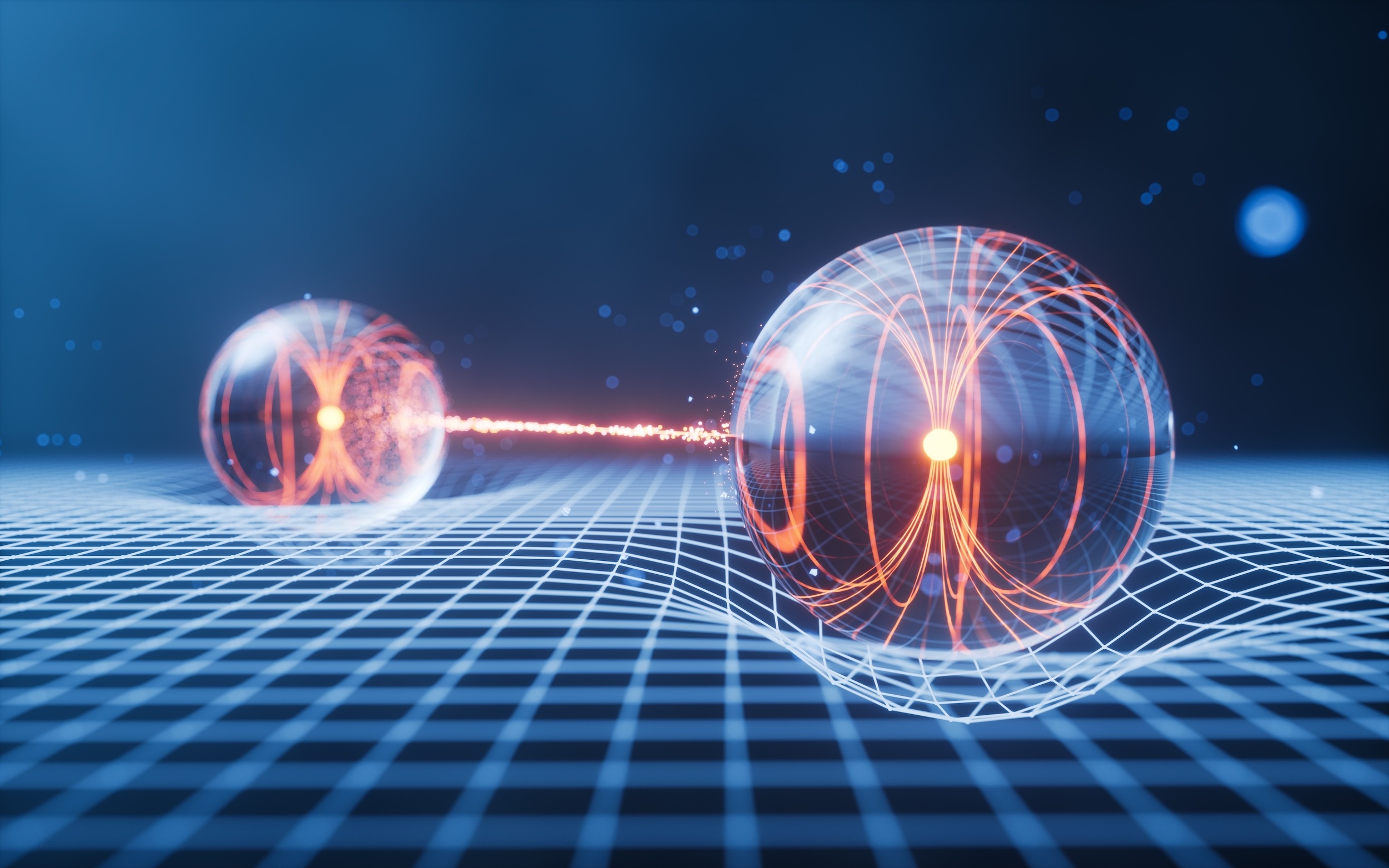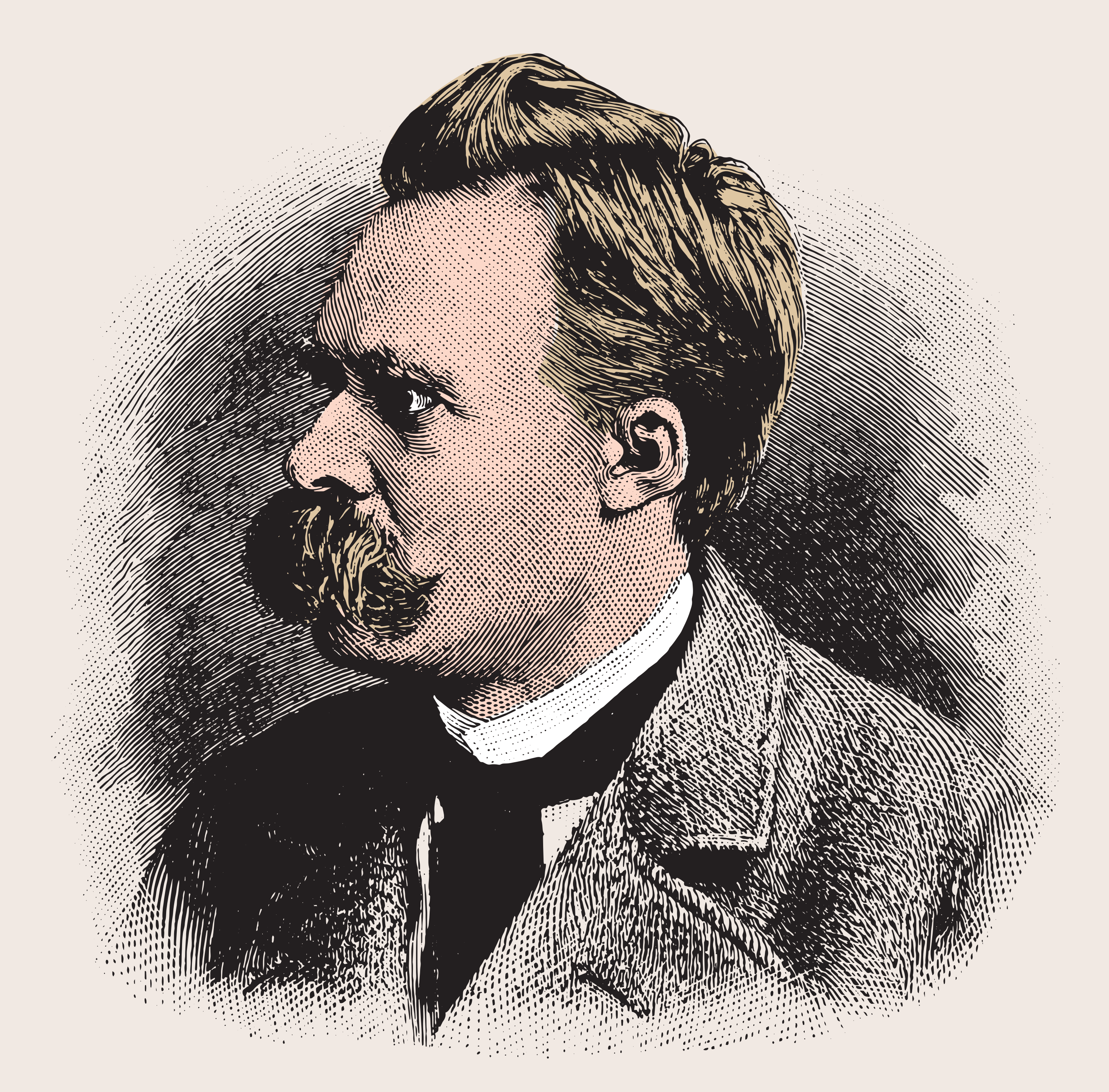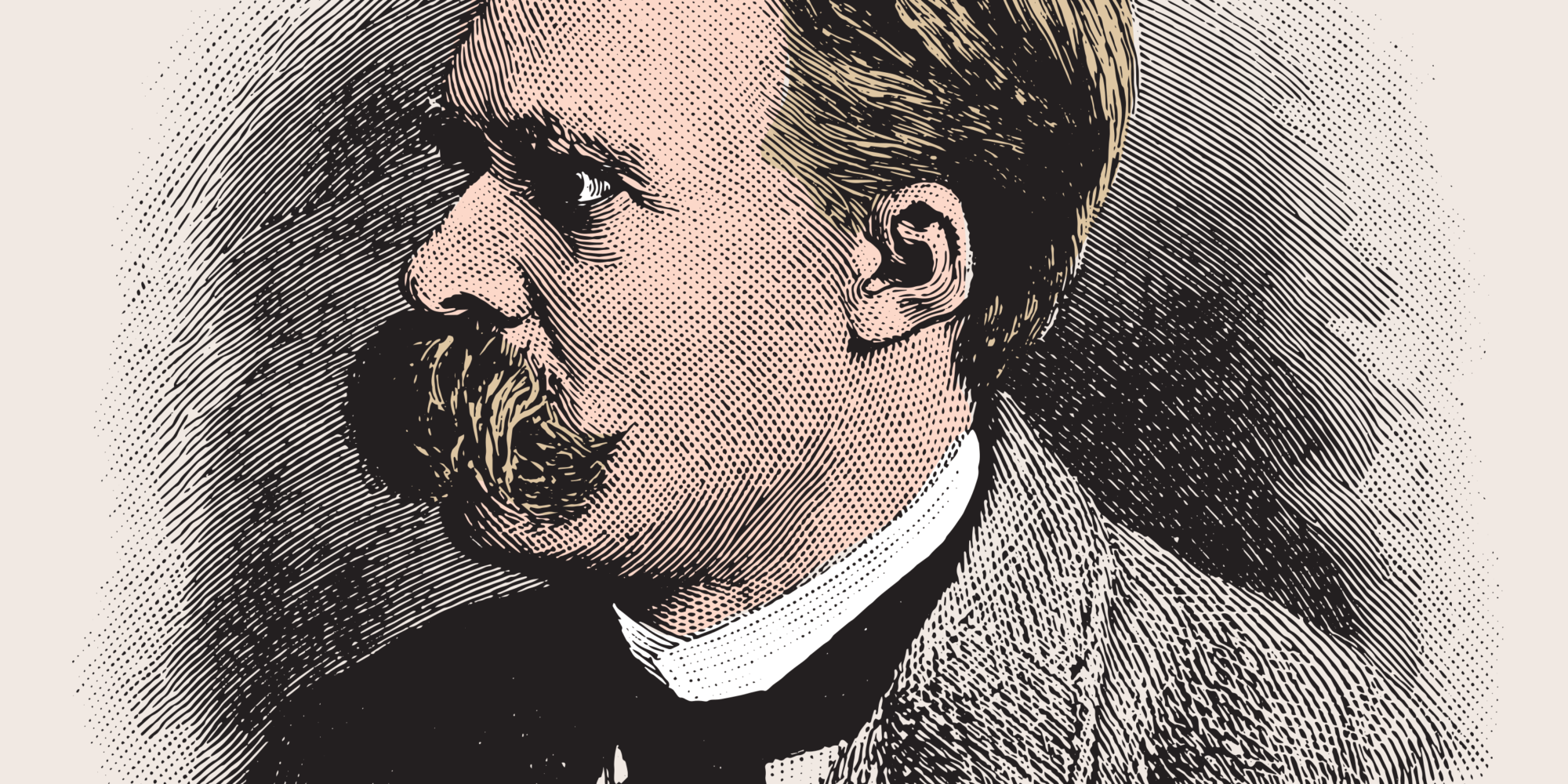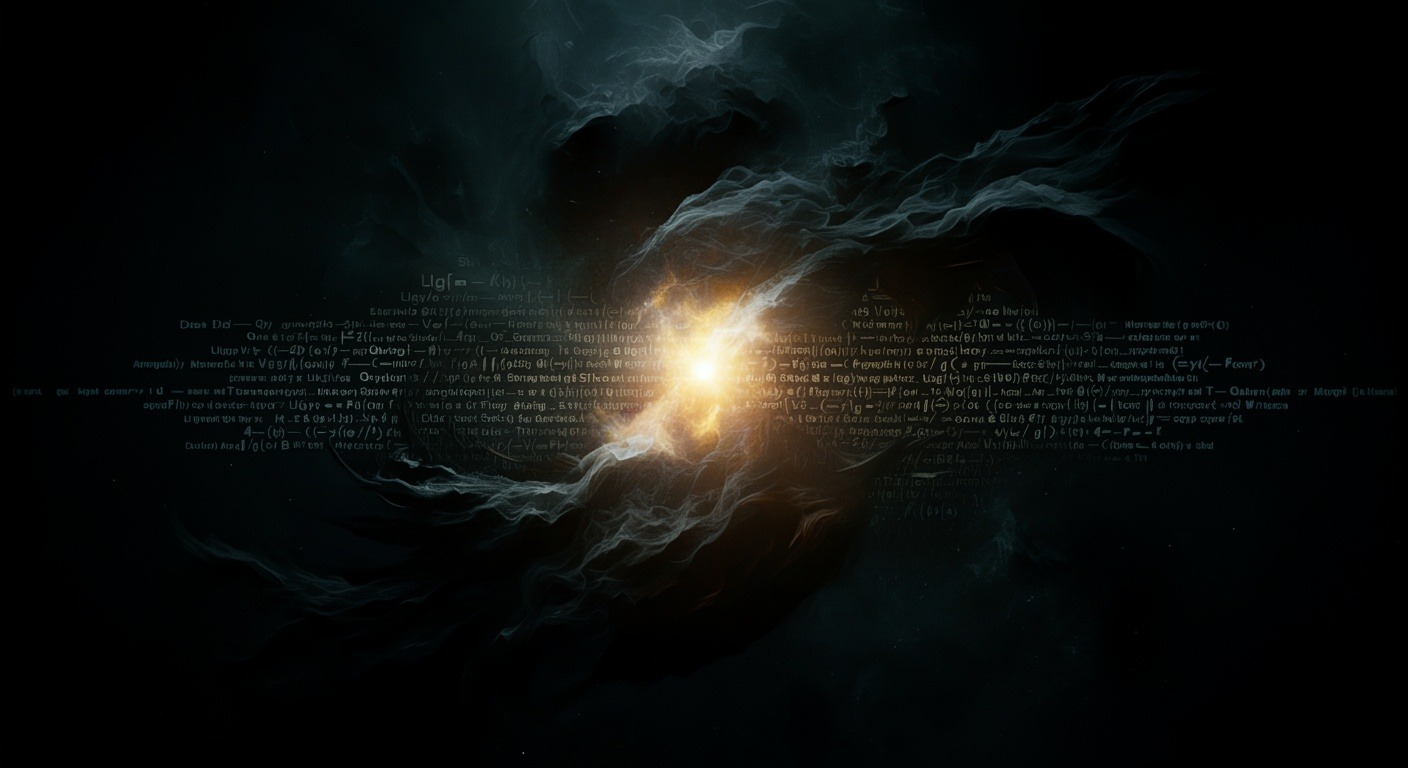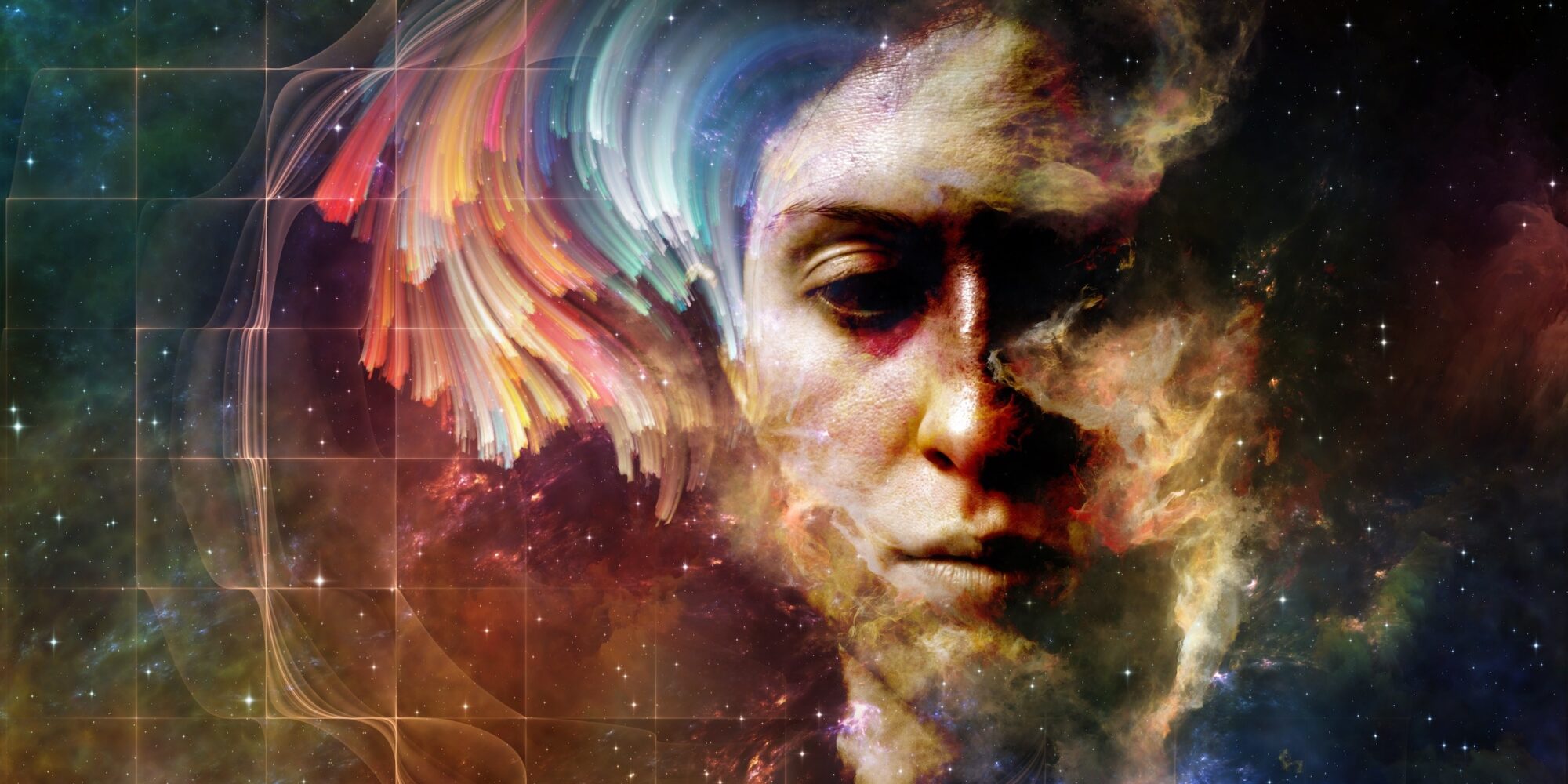Enter Experimental Metaphysics
Reading | Quantum Physics
![]() Hans Busstra, MA | 2024-10-06
Hans Busstra, MA | 2024-10-06
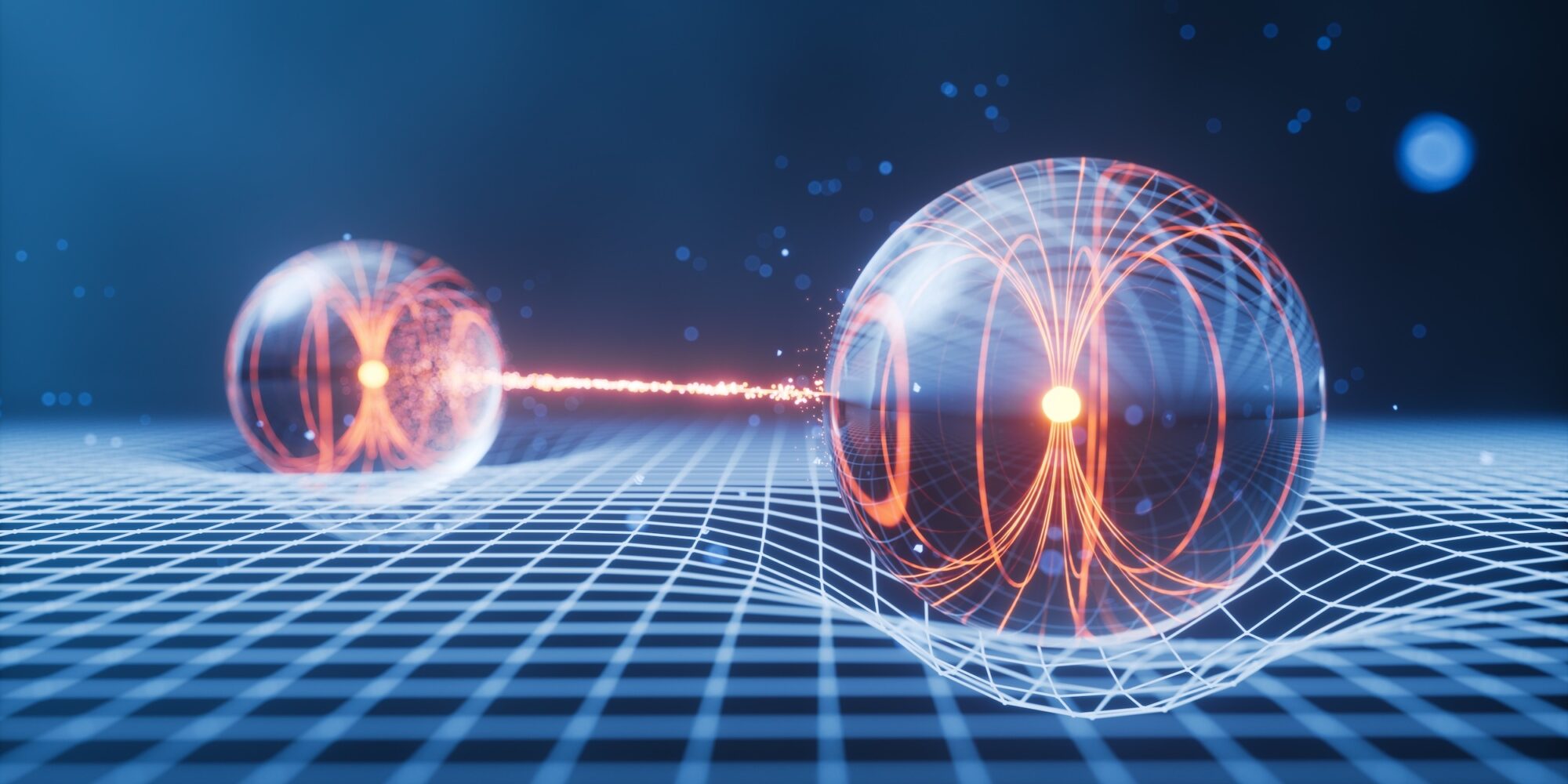
Essentia Foundation’s Hans Busstra visited Vienna to attend a conference on the foundations of quantum mechanics, and interview physicists on the metaphysical implications of quantum mechanics. In this essay, he argues that what is called ‘experimental metaphysics’ might be at the heart of future progress in physics, and that philosophy and physics are moving closer together.
When I booked an Airbnb in Vienna I hadn’t thought of its exact position, but during my stay I would find out that it was situated directly underneath the beam of entangled photons that the lab of Anton Zeilinger, nobel prize winner in physics of 2022, shoots off to a telescope situated on a hillside 10 kilometers outside the city. In what is called Bell’s inequality tests, Zeilinger and his team have definitively shown that, on a fundamental level, our universe is non-local: measuring the state of one particle will instantly determine the state of the other, no matter how far apart they are. Zeilinger’s work is part of what might be called a new promising discipline in physics: ‘experimental metaphysics.’
Most physicists tend to regard the profound implications of quantum mechanics as ‘small’: quantum theory, though tremendously accurate in predicting the microscopic world, breaks down when we zoom out. So we don’t really have to worry about philosophical questions like Schrödinger’s cat or Einstein’s unease with the measurement problem in quantum mechanics when he said: “I like to think that the moon is there even if I am not looking at it.”
Meanwhile, you won’t find many physicists who will argue against Einstein by stating that quantum mechanics is not disturbing, and that it did not create a metaphysical crack in our Newtonian worldview. Single particles don’t behave as little predictable billiard balls as we used to think, but show wave-like behavior and their individual path cannot be deterministically be predicted. More disturbingly, since quantum mechanics we cannot think of ourselves as observers in the classical sense anymore. Measurements influence or perhaps even ‘create’ results. Given all this, the question is whether pondering metaphysics is productive for physicists. Does pondering metaphysics build us computers or bombs?
After the Second World War, a ‘shut up and calculate’ mentality became the norm in most physics departments. So much work had to be done in just applying quantum mechanics to all different branches of physics and chemistry, that funding went to building technology with quantum mechanics.
‘Shut up and calculate’ goes nowadays under the friendlier name of FAPP, acronym for ‘For All Practical Purposes.’ If physicist John Wheeler was philosophically right when he said that the ‘glass’ between us observers and a supposedly objective outside world had been broken, the cracks in the glass can be glued with an FAPP attitude. Macroscopic objects are never perfectly isolated from their environment—as particles are in double slit experiments. Hence, the moon is not in a superposition to us. Even when no one is looking at it, the gravitational interaction with the earth, which causes tides in the ocean, counts as an ongoing ‘measurement.’ So For All Practical Purposes we can assume that macroscopic objects are always being ‘looked’ at.
While an FAPP mentality sounds reasonable for day-to-day physics, one can wonder if it will lead to real fundamental innovations in physics. Historian and physicist David Kaiser has convincingly argued that if it weren’t for John Stuart Bell’s philosophical trouble with quantum mechanics, we wouldn’t have had quantum information theory and quantum computers—perhaps the biggest technological breakthrough the theory has to offer yet.
During a time in which the ‘shut up and calculate’ mentality was dominant, Bell wrote his famous paper “On the Einstein, Podolski, Rosen, Paradox,” in which he made a metaphysical concern of Einstein, put forward in the so-called EPR paper of 1935, testable. Interestingly, Bell’s paper was written outside of academia during a sabbatical from his work at CERN, and it would take more than five years before the physics community would realize its importance.
In the EPR paper, on which Bell built, it was argued that quantum theory could not be a complete description of the world, because if it were, it would imply “spukhafte Fernwirkung”—spooky action at a distance. Instead, Einstein assumed that there would have to be so called hidden local variables, hidden causes not yet described by quantum theory, which would explain the ‘spookiness’ away as reflecting merely the incompleteness of quantum mechanics. Simply put: entangled particles at other ends of the universe had to have made some ‘agreement’ in their past—through a local hidden variable—that would explain why they so perfectly correlate when measured at vast distances.
If we look back, what’s interesting is that it was metaphysics that led Einstein to write the EPR paper: “I cannot seriously believe in it [i.e., in the completeness of quantum theory] because the theory cannot be reconciled with the idea that physics should represent a reality in time and space…” The should in this sentence is telling, because it reveals Einstein’s metaphysics of a ‘reality in time and space,’ where ‘in time and space’ can also be described as a metaphysics of ‘locality.’
The genius of John Stuart Bell was that he made the assertions in Einstein’s EPR paper empirically testable by working them out mathematically. If, as Einstein argued, hidden variables governed quantum behavior while adhering to locality, the statistical correlations between entangled particles would respect a certain maximum (called a ‘Bell’s Inequality’), whereas quantum theory predicted that this maximum would be violated. By working this out mathematically, Bell paved the way for putting ‘spooky action at a distance’ to the test. And Einstein was proven wrong.
Bell’s work inspired experimentalists to decisively rule out the local hidden variables Einstein inferred. In 1972, John Clauser performed the first Bell Inequality test showing ‘too high’ correlations between particles separated over large distances. In 1982, Alain Aspect closed loopholes in the earlier experiments and, in 2001, Anton Zeilinger performed a Bell test over a distance of 10km. These three experimentalists received the Nobel Prize in 2022 for their groundbreaking contributions to quantum entanglement and non-locality.
During a conference celebrating the 60th anniversary of Bell’s paper and 20 years of IQOQI, the Institute of Quantum Optics and Quantum Information that Zeilinger co-founded, I visited Vienna to see what the current metaphysical debate is amongst physicists. The first thing I noticed in Vienna was that, in the foundations of physics, physicists don’t mention FAPP. For all practical purposes, it would be crazy to ponder about quantum thought experiments with human observers in superposition—something almost completely impossible to achieve—but at this conference such scenarios were exactly at the core of what was presented and discussed. At the conference, the annual Paul Ehrenfest Award for the most important papers in the foundations of physics was awarded to three physicists who can all pass as experimental metaphysicians: Caslav Brukner, Eric Cavalcanti, and Renato Renner.
Like John Stuart Bell, they come up with what is called ‘no-go theorems,’ a type of proof that shows that a certain set of assumptions cannot all be true. Bell’s paper was a no-go theorem proving that, under quantum theory, you cannot both assume realism and locality—as Einstein had wished. Now, what’s new in the work of Brukner, Cavalcanti and Renner is that they very much focus on observers. Since non-locality is now proven, we might ask ourselves the question: How does this play out for different observers? Can two observers at different ends of the universe, both performing a quantum measurement, afterwards ‘agree’ upon what they both saw? Perhaps not.
Is this new? In a sense not. Thanks to Einstein, we already became acquainted with reference frames: different observers might experience time and space in seemingly contradictory ways. But here’s the thing: the theory of General and Special Relativity could ‘patch’ those different observations, and not in a FAPP way, but rigorously. Though there is no ‘God’s eye view’ to witness the experience of different observers in Einstein’s universe, the mathematics holds everything perfectly together so we can rest assured that there is an observer-independent physical universe, which is, in a sense, more real than our observations of it.
But after spending a week in Vienna, which I will report about in much more detail in upcoming videos and writings, I’m becoming more and more convinced that quantum mechanics cannot give us an observer-independent reality. And what I found absolutely striking is that all three of these award-winning physicists take a strong subjective approach. According to them, quantum mechanics is not a theory about what nature really is, but about our knowledge of nature.
What the theory can give us is experimental metaphysics. No one would have ever thought that philosophical ponderings on non-locality, often phrased more poetically as ‘interconnectedness,’ could ever be put to the test. But thanks to Einstein and Bell, they could. To better understand our place as conscious observers in this universe, the experiments must become vastly more complex than just measuring entangled photons, but that’s no reason at all to not formulate those experiments.
If metaphysics is indeed becoming experimental, the distinction between philosophy and physics will start fading. Stephen Hawking is often quoted as saying, “Philosophy is dead.” I always thought he was the typical ‘shut up and calculate’ genius. But when I recently looked up his actual quote, I found out it was being used totally out of context, because he did not dismiss philosophy as such, but just that of modern philosophers who hadn’t caught up:
…almost all of us must sometimes wonder: Why are we here? Where do we come from? Traditionally, these are questions for philosophy, but philosophy is dead…. Philosophers have not kept up with modern developments in science. Particularly physics.
I’d say it’s time for philosophy departments worldwide that study quantum mechanics to team up with the experimental metaphysicians. Who could formulate this research agenda ahead better than John Wheeler, when he said:
We used to think that the world exists ‘out there’ independent of us, we the observer safely hidden behind a one-foot thick slab of plate glass, not getting involved, only observing. However, we’ve concluded that that isn’t the way the world works. In fact we have to smash the glass, reach in.





